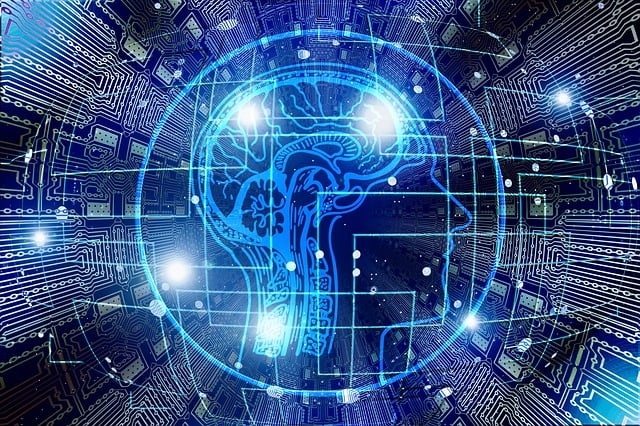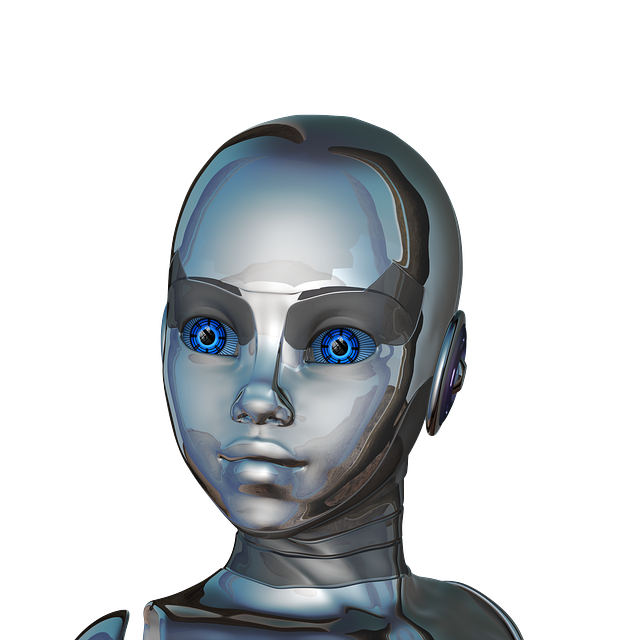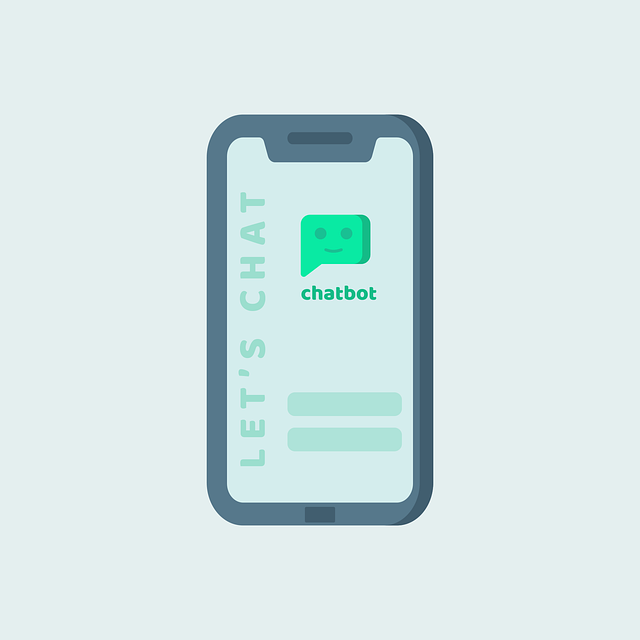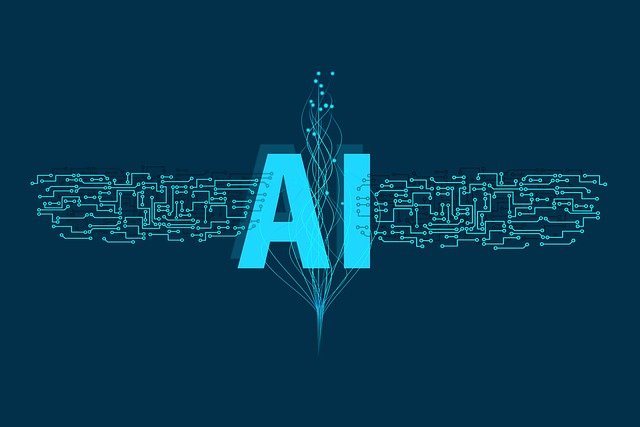
This is the 2nd of a series of posts prompted by the Time article titled “AI is clear and present danger to education”. The 1st part of the series of posts can be read here and focussed on some initial thoughts in relation to the headline. In this post I would like to focus on some of the possible benefits that AI might bring to education the world over before getting to the the risks as mentioned in the Times article in subsequent posts.
Some benefits of AI
One benefit is the potential for AI to help with the teacher workload challenge through automating and assisting in some of the more routine tasks. In my first post I identified the workload issue or as some would categorise it, crisis, as a challenge and threat to education in much the same way that AI is being categorised as a threat. Having spent over 20 years working in education I have seen many things added to a teachers role and responsibilities but scarily few tasks or requirements ever removed. Now AI wont remove things, but it should help make them easier. Creating of lesson plans, course outlines and lesson resources, writing parental reports, dealing with emails and many other tasks can now be completed quicker through the use of AI. Now I am being careful here in saying that such tasks will be done “quicker” rather than done by AI, as my view is that AI is a tool and that it is the professionalism of the teacher which will check and refine content produced by AI before its use. Given the risks of bias within AI and incorrect information being presented the need for the human checking will remain for some time, however a human, with the aid of AI will be able to get things done quicker than without, either allowing more to be done or allowing more focus to be put on what matters, rather than more mundane tasks an AI can help with. And in terms of “what matters” I would see this freeing up more time for teachers to focus on their students and the learning of these students.
The potential for AI to engage more students the world over in high quality learning is also worthy of note. I have long looked at the data teachers are requested to gather, which is often gather once, use once, and been concerned by the wealth of data and how little is actually done with it. Most of the useful data gathered in relation to learning in classrooms is never actually recorded. It is basically the day to day, minute to minute interactions of the teacher which then shapes how the teacher approaches their teaching and the learning. But an online learning platform with AI can gather this data and more. It can look at the delay time between a question and answer for each student. It can look at the mouse movements, the time period of correct answers, versus wrong answers, it can look at the time of day, and all of this for every student using the platform. Combined with appropriate AI it can direct the students to appropriate content to meet their needs, providing 1:1 advice and support, much in the way a teacher can. AI can provide personalised 1:1 teaching and learning at a scale not currently possible. Through AI based platforms students the world over can access personalised learning even where the education system in their home country may be lacking, although I note this relies of access to technology and those required to support technology. It maybe that AI will draw focus on the digital divide and possibly widen it for those without access or without understanding of how AI might be used. It may also be that AI will create educated individuals from countries and areas where conventional schooling has been lacking. As I think about this Sugata Mitra’s “hole in the wall” experiment springs immediately to mind, albeit now with the AI power providing a personalised tutor to all those engaging with the technology. I suspect with AI, Sugata’s experiment would have seen even more success in terms of student learning.
Conclusion
The issue of AI is not a binary issue of AI as a threat or saviour. The idea of AI as a threat also has its issues in terms of popular media; just think of the Terminator or HAL and you can see that perception may tend towards the negative, and that’s maybe a bit of an understatement. The reality is that AI, like many other technology tools, will provide its benefits but also its risks and threats. There will be those who use it carefully and responsibility, those that use it carelessly and those that use it maliciously.
But I can say the same about the humble hammer.
References:
Sugata Mitra’s Hole in the Wall Experiment (2017), Revise Sociology
AI ‘is clear and present danger to education’ (May 2023), The Times









